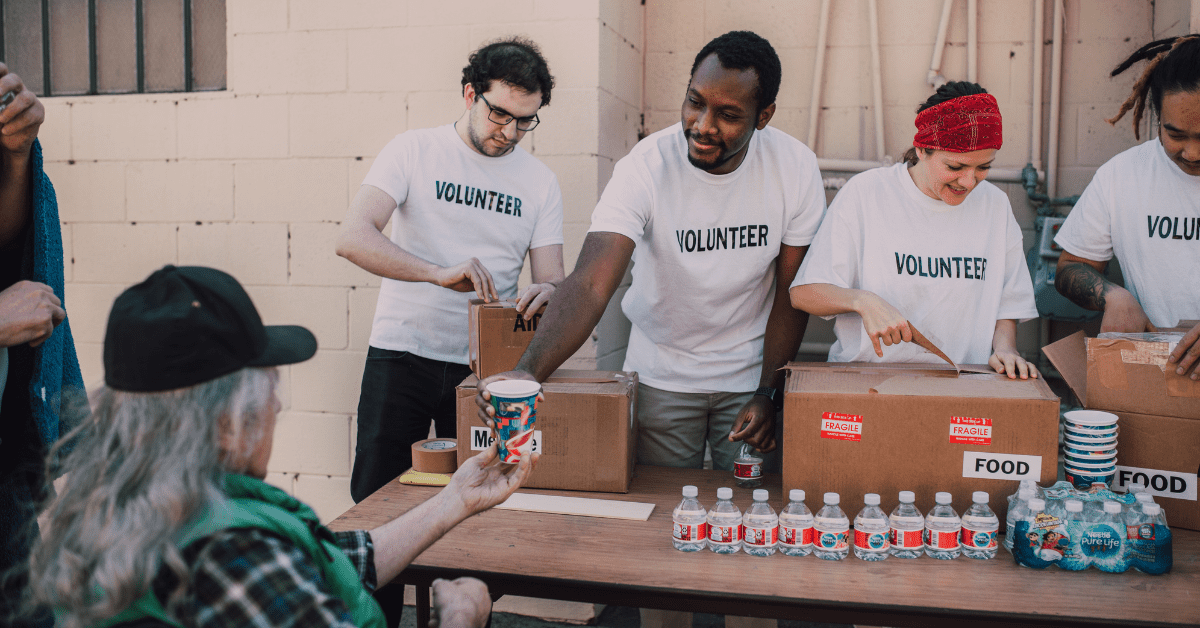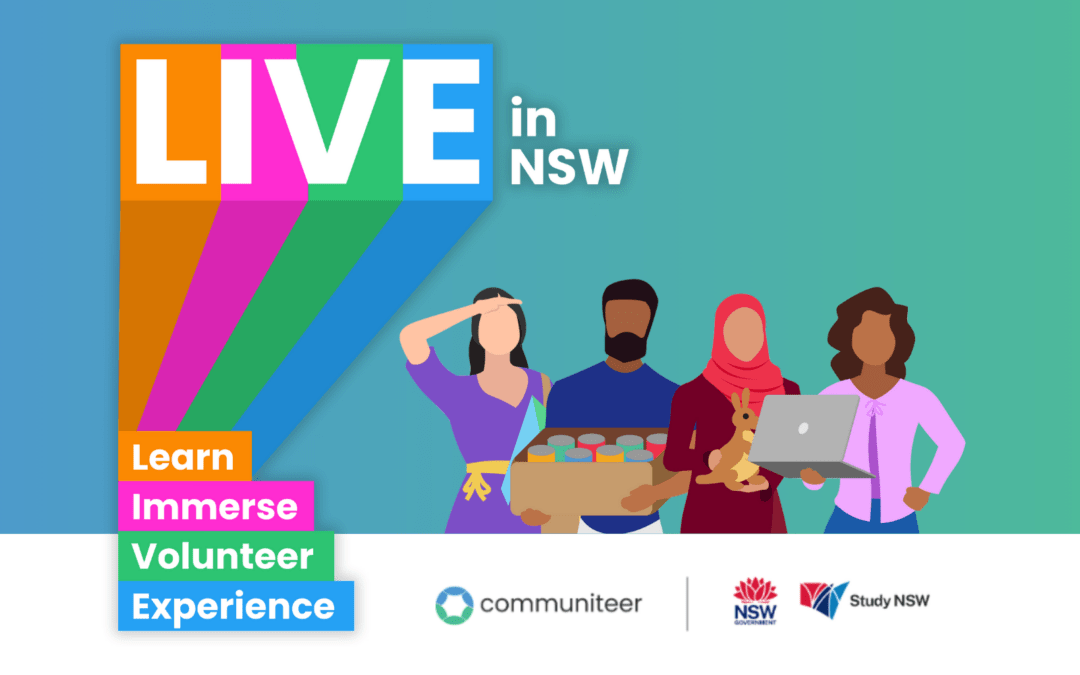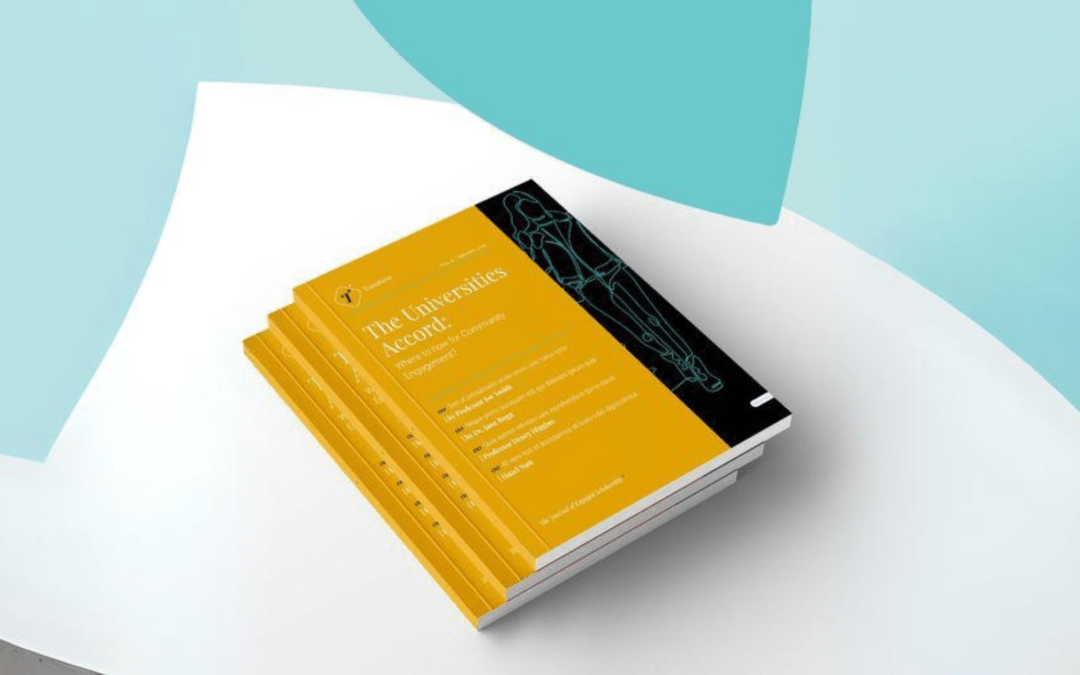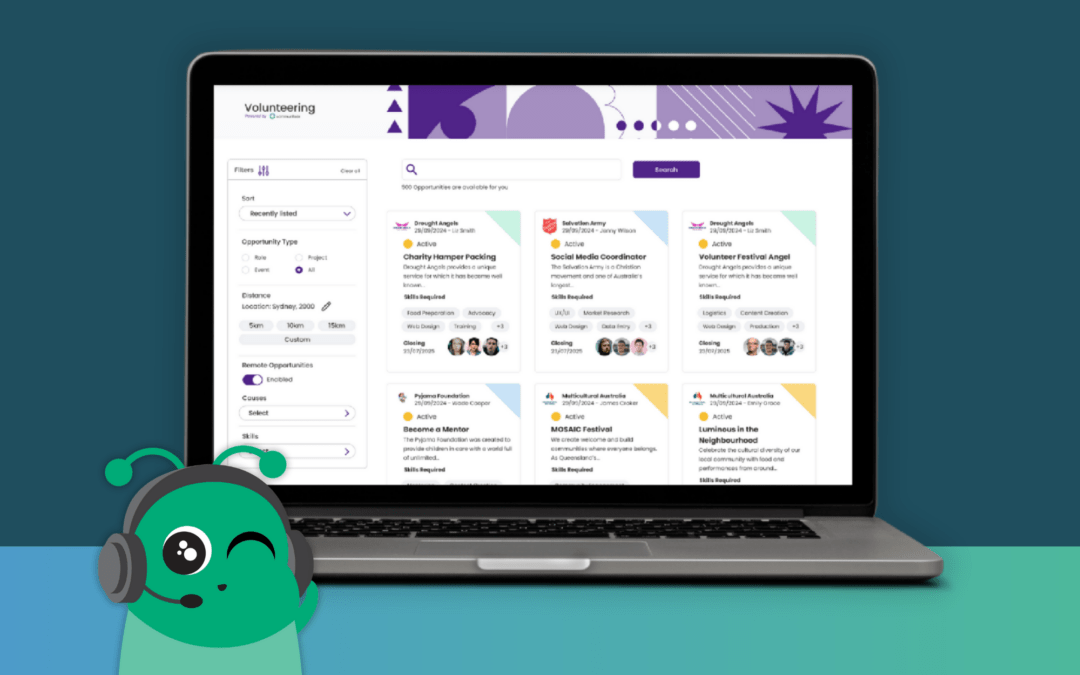Published on the EPodcast Network website on the 1st of November.
Volunteering in Australia is in trouble. While more and more people need help, NFPs are struggling to meet fundraising goals, and are unable to generate awareness in a saturated marketplace. The additional financial uncertainty brought on by COVID means that only the biggest NFPs are able to stay the course.
Despite this, emergency fundraisers (such as drought relief for farmers and ease the devastation caused by the summer bushfires) saw rapid growth in 2019, a 35% increase over 12 months and a sharp increase in volunteering in Australia.
In fact, Australia places third in the world when it comes to donations per capita, with 10% contributing to a GoFundMe campaign in the last year alone. But while the funds and the willingness to give are out there, the challenge lies in ensuring they’re properly allocated, and your message is heard. In the absence of in-house expertise, there’s no guarantee this will happen.
The sector needs a new approach, one that embraces crowdsourcing, volunteerism and digital technology; one that enables the meaningful change the NFPs are trying to achieve. We need to change how we’re volunteering in Australia.

Photo by Mike Chai from Pexels
Volunteering In Australia
NFPs need to create opportunities for donors – both individuals and corporations – to give in ways that feel easy, secure, and appreciated. Digital crowdsourcing is a bold, new means of sourcing human resources with speed, efficiency and accuracy. “At Communiteer, we are the only ones using the crowdsourcing model to create these connections”.
Innovative online campaigns like the ‘Ice Bucket Challenge’ or ‘Earth Hour’ are great examples of how successful online crowdsourcing can be, theoretically allowing NFPs to gain instant traction and boosting awareness on a global scale. Crowdsourcing is an efficient alternative to traditional fundraising methods, enabling companies to save time and financial resources without having to bear the ongoing costs of in-house employees.
Despite the proven successes, however, one study found that with volunteering in Australia, NFPs are slow to embrace digital crowdsourcing compared to the US and Canada. The study found that non-for-profits were fearful of utilising new technologies due to a lack of expertise, and the assumption that the available platforms were too “labour intensive”.
This clear gap in the Australian NFP sector can only be filled when organisations are willing to break the status quo and try new methods and Communiteer is leading the way by adapting our integrated technology to navigate modern challenges.
The Macquarie Graduate School of Management found that 93% of employees who volunteer through their company report being happy with their employer and more engaged at work. Additionally, native crowdsourcing allows skilled volunteers to build capacity in the NFP sector and match the right opportunities with the corresponding skill sets and values.
Native Volunteering
Another corporate crowdsourcing technique is ‘native volunteering’, one that sees a group of like-minded volunteers find opportunities, collaborate and record their impact all in one place, allowing us to . “Our platform allows us to see all the patterns and link them to ensure collaboration more effectively and at scale”.
By centralising the crowdsourcing model and applying it to volunteering in Australia, NFPs can reduce fundraising and operational costs, as well as easing demands on time and resources.
Using this centralised method, volunteering in Australia businesses can now more readily enter the social impact space alongside NFPs; connecting those who are seeking change with those who have the expertise to make it happen.
Communiteer is “the good” social network. A place where not-for-profits, businesses and volunteers can come together to participate in online volunteering in Australia, share inspiring stories and converse about causes that matter to them, all while tracking impact against the Sustainable Development Goals (SDGs).




